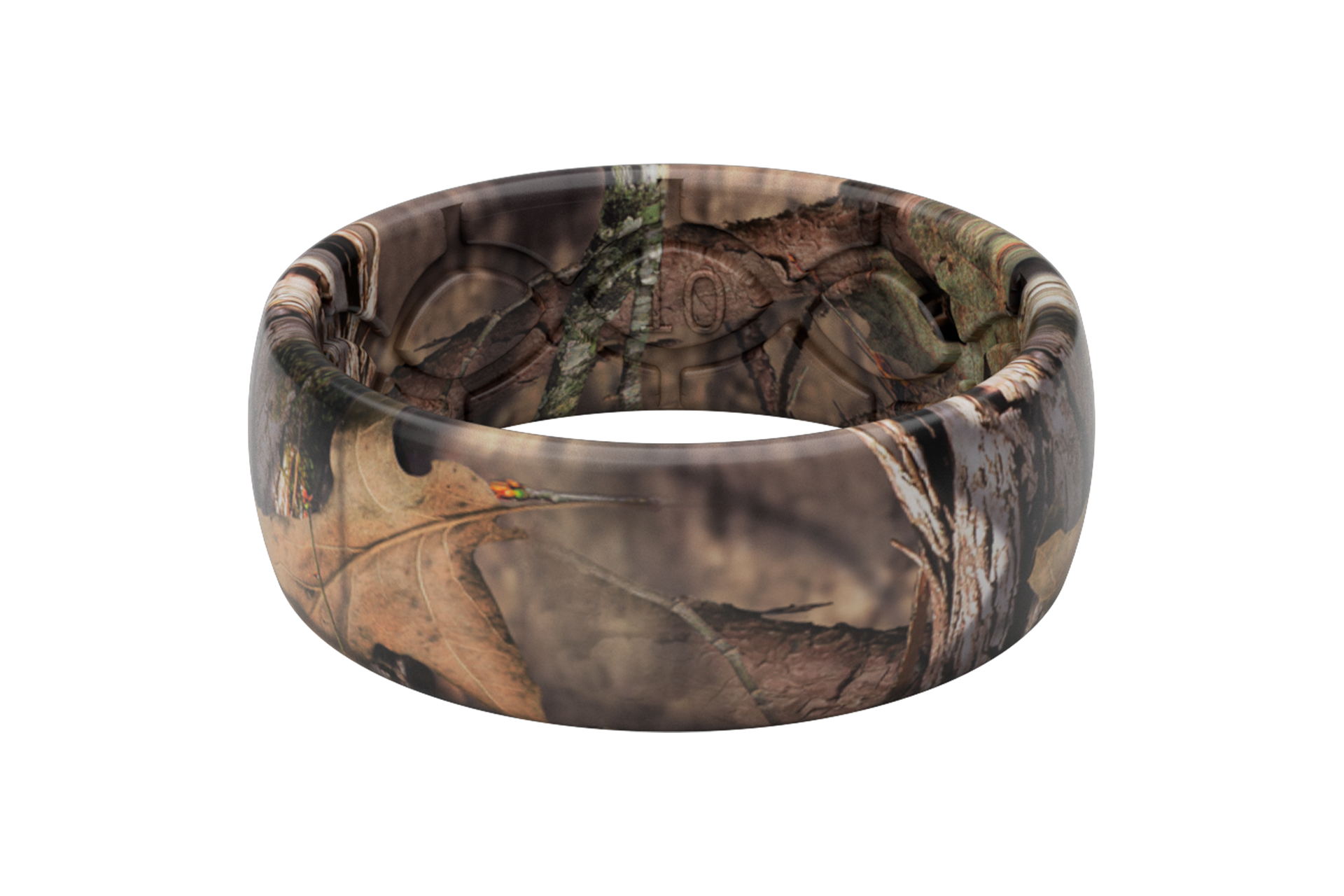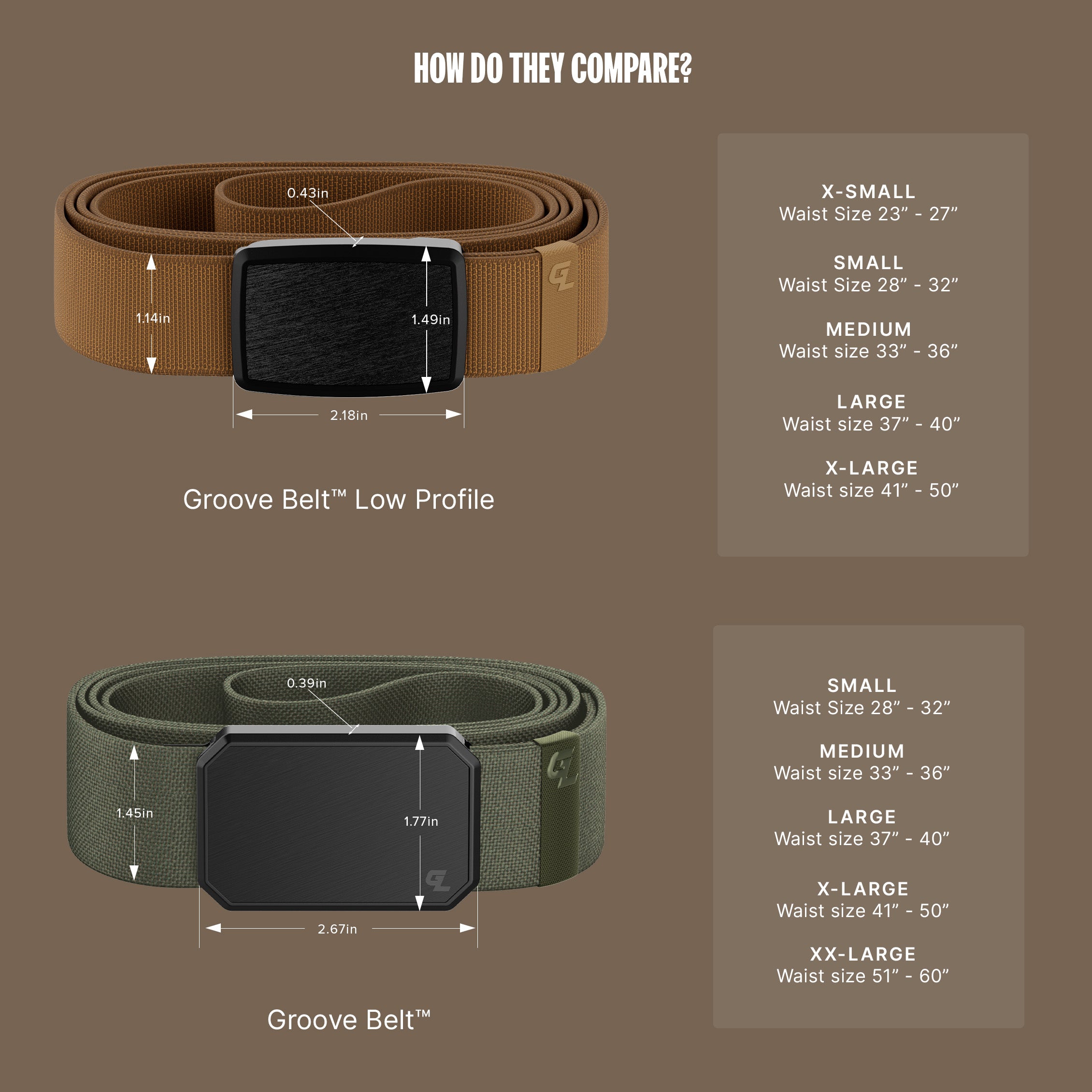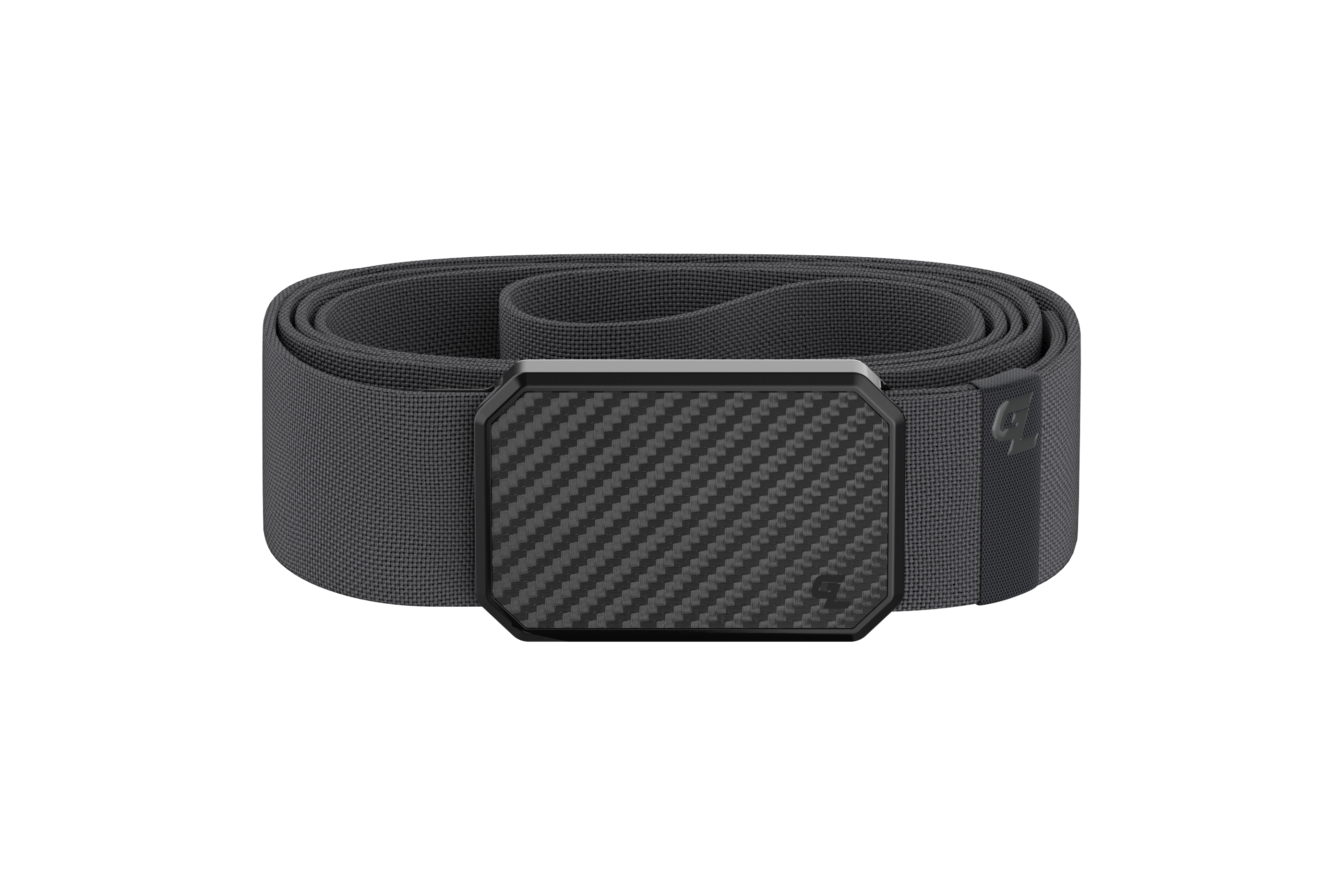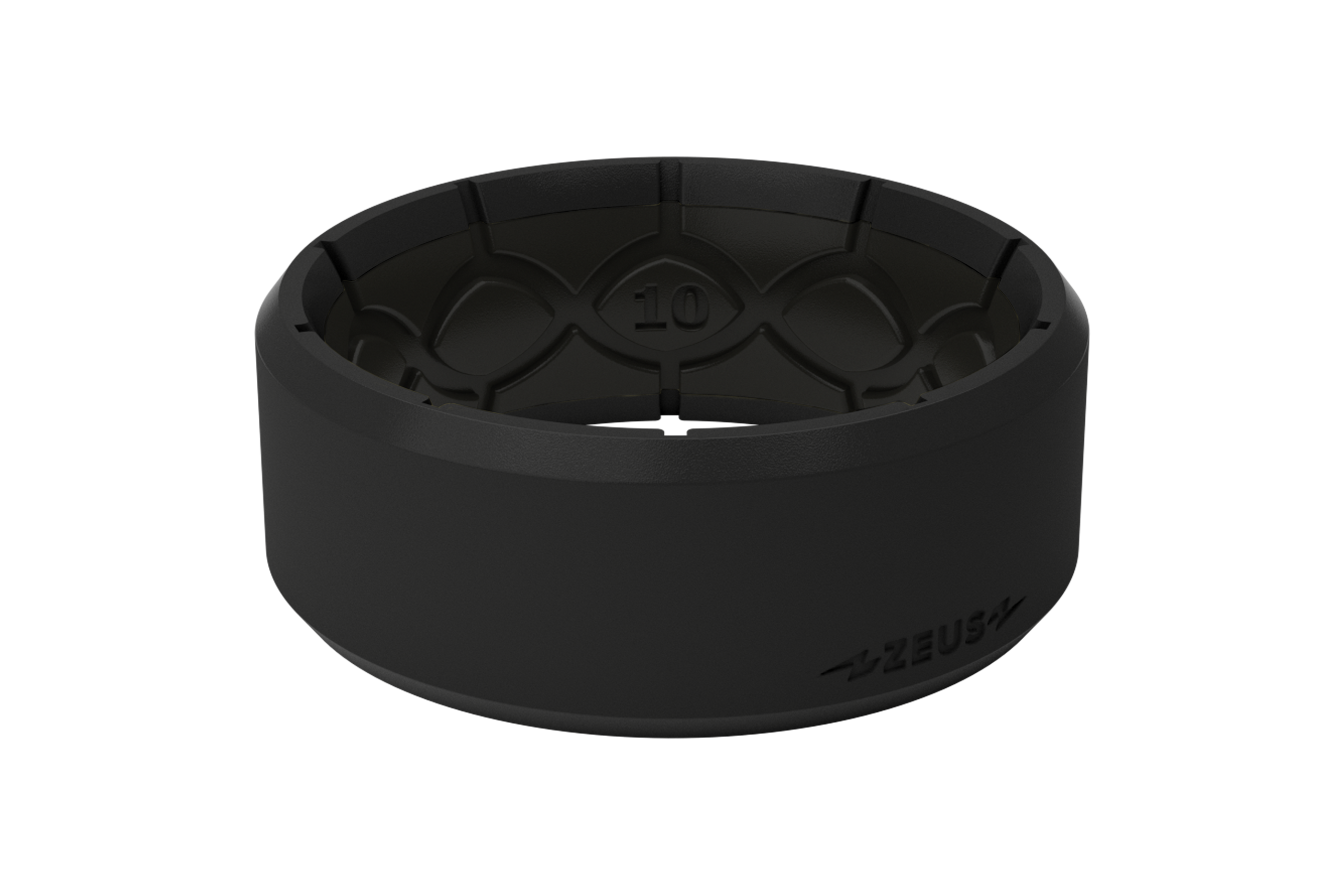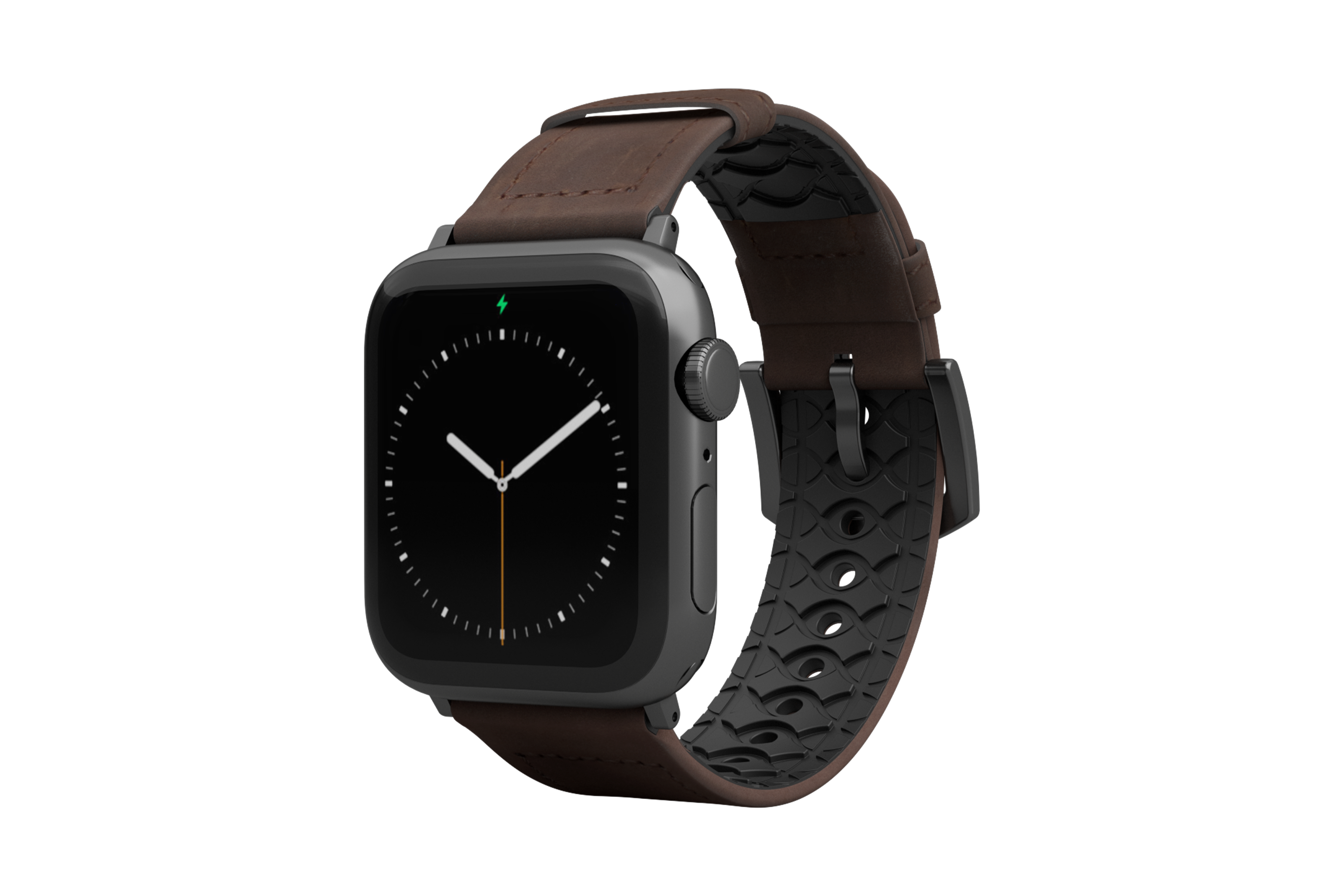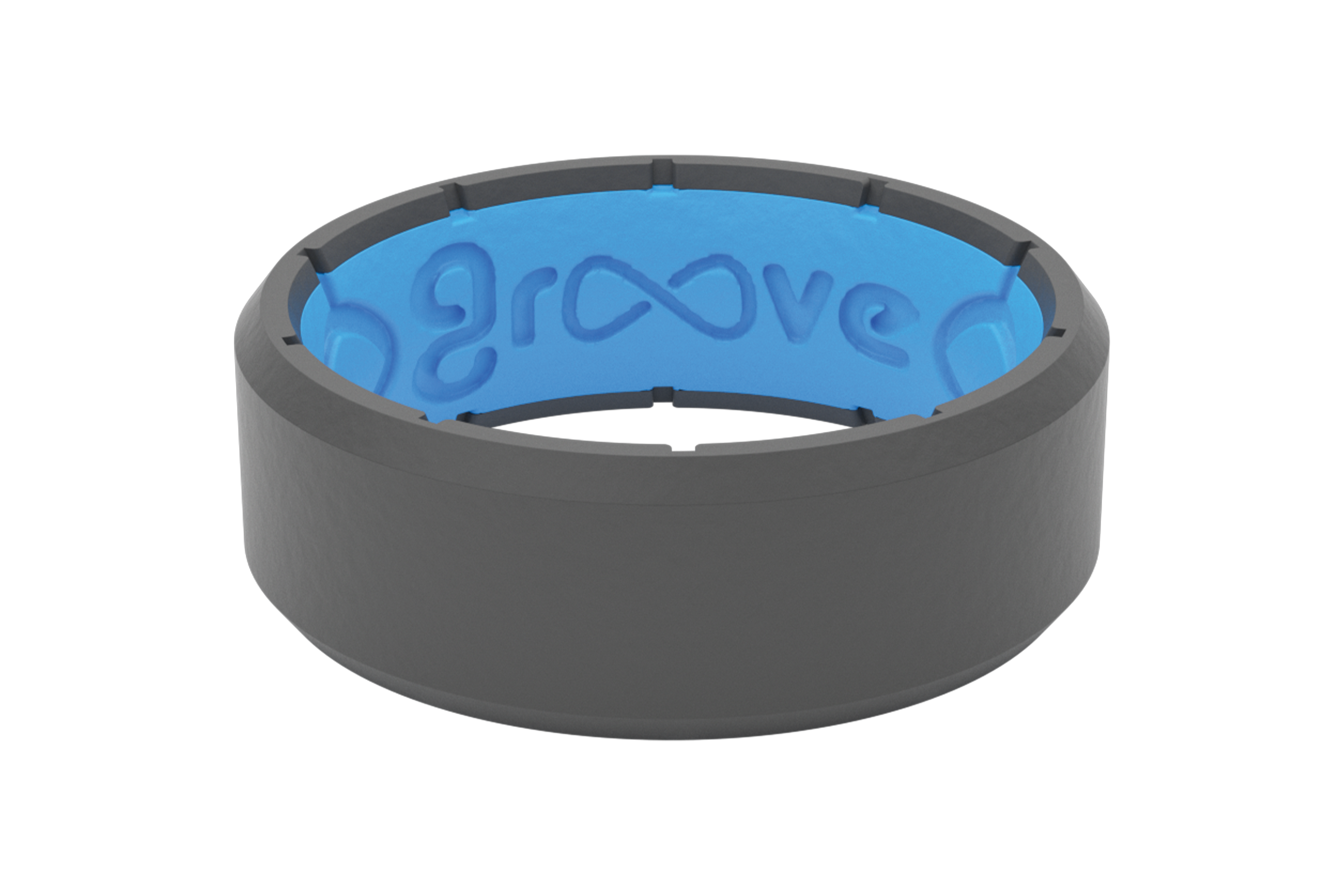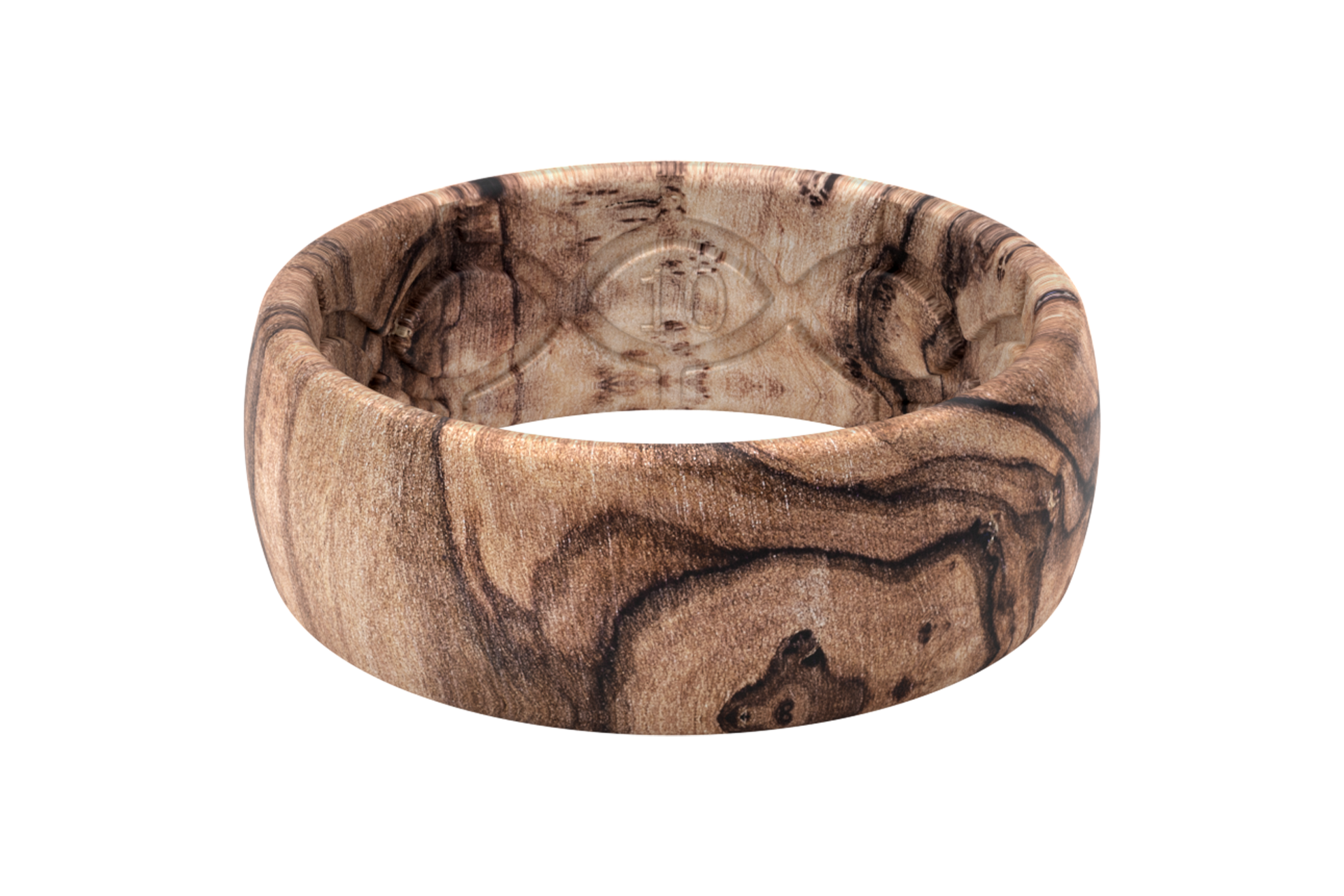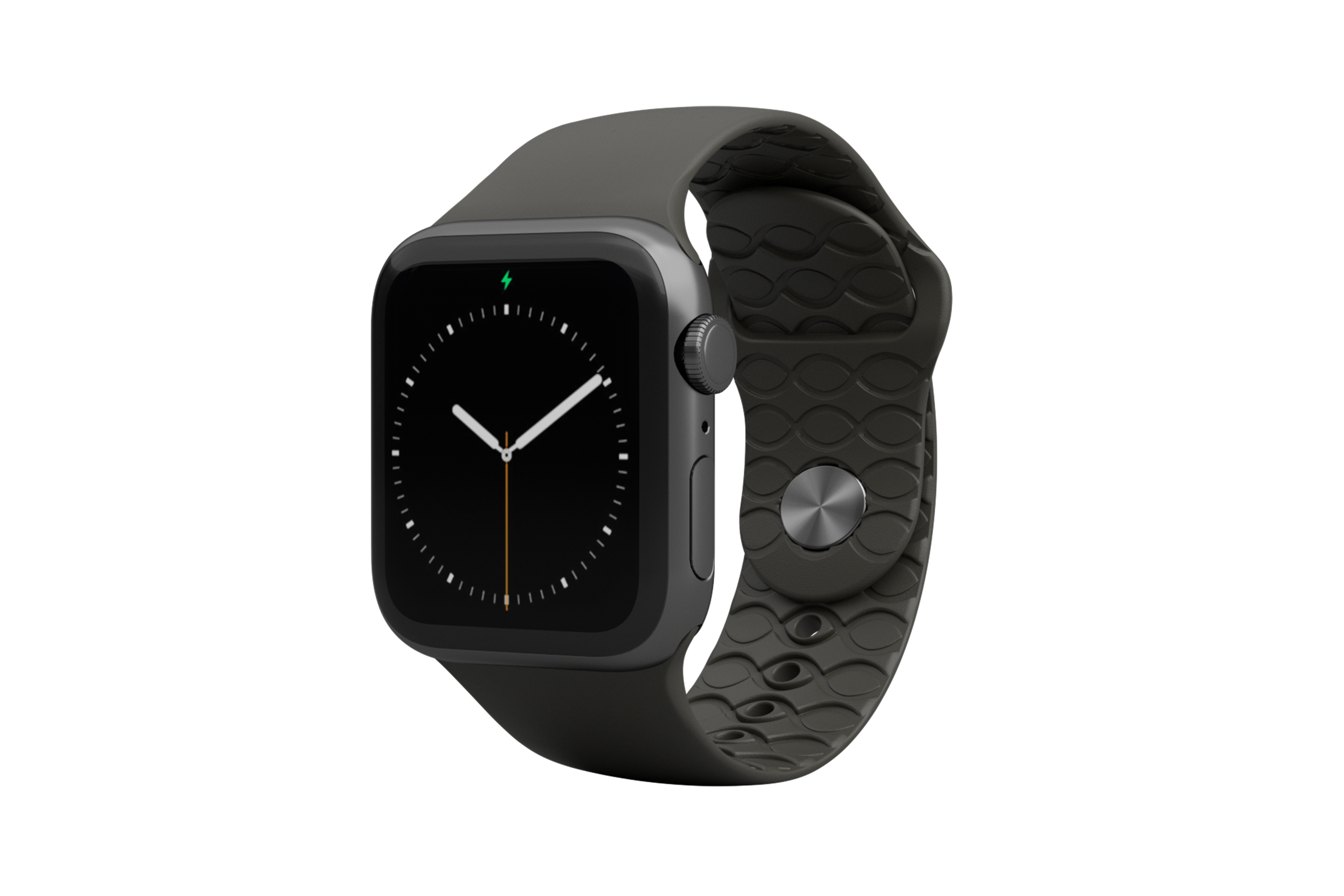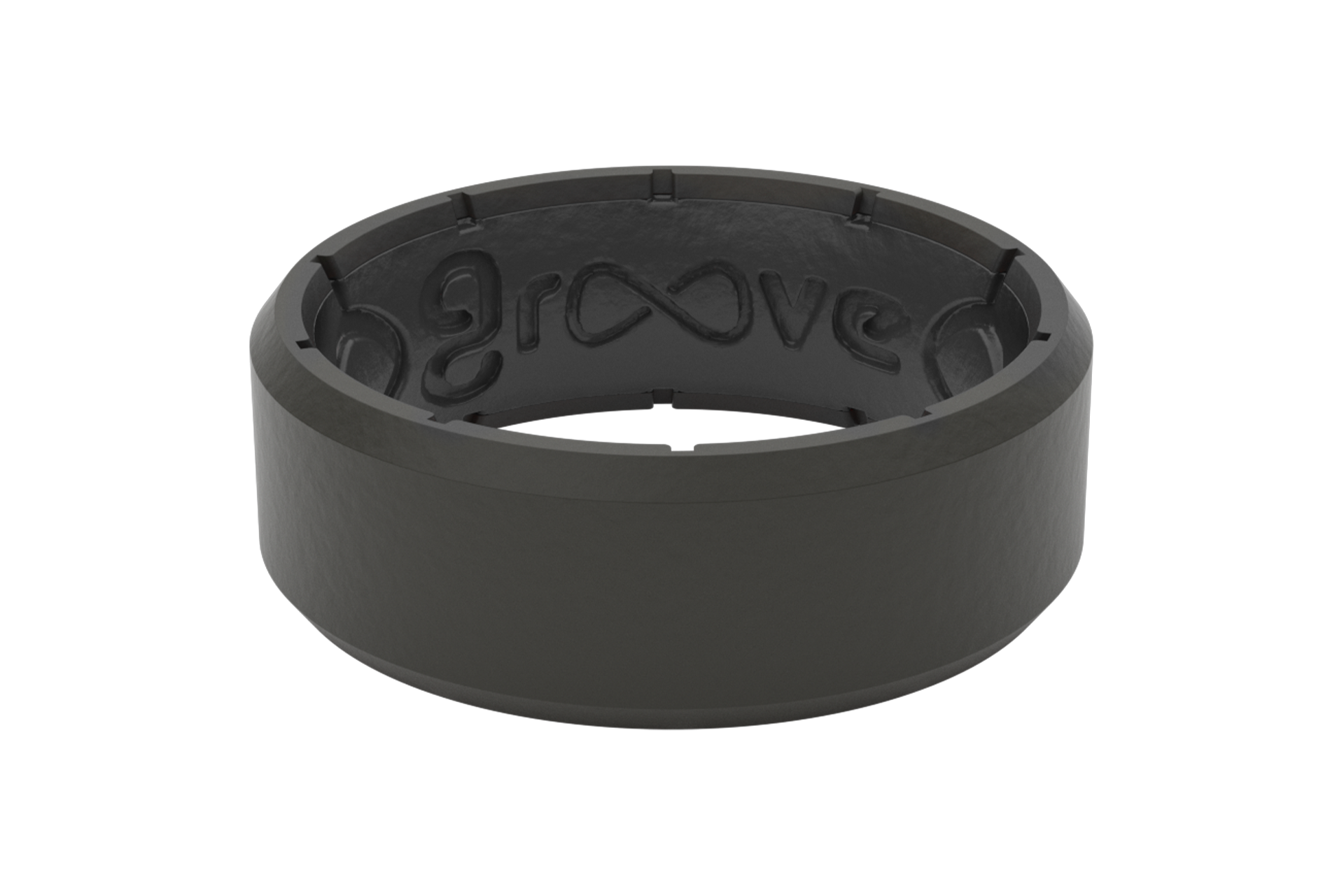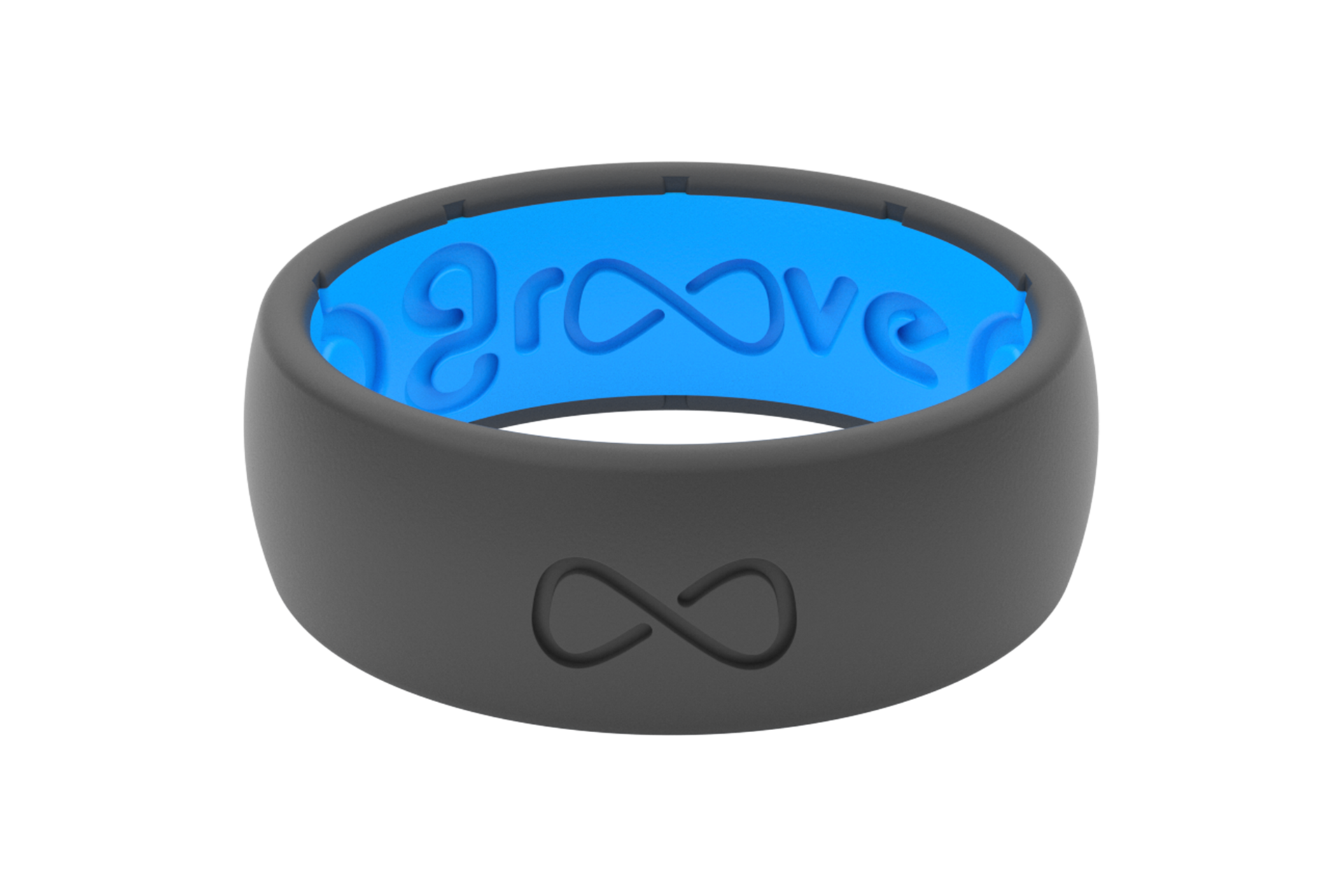
The Best Hiking Belts for Every Occasion
Embarking on an outdoor adventure, whether a casual stroll or a challenging climb, is an exhilarating experience. But having the right hiking or backpacking belt can make your journey even more enjoyable.
In this article, we’ll focus on helping you select the best hiking belt for every occasion.
The importance of choosing the right hiking belt
Selecting the appropriate hiking belt is crucial for your comfort on the trail. A well-designed hiking belt distributes the weight of your backpack evenly across your hips. High-quality hiking belts, like the Groove belt, relieve strain on your shoulders and back, making your hike enjoyable.
Material matters: nylon, polyester, and beyond
Nylon and polyester are common materials for hiking belts. Each of them has its pros and cons.
Nylon
Pros:
-
Exceptional durability and resistance to abrasions.
-
Lightweight and quick-drying.
-
Can withstand the wear and tear of rugged trails.
Cons:
-
May be less breathable than natural fibers.
-
Can cause discomfort in hot and humid conditions.
If you seek versatility, tactical belts incorporate nylon for its strength.
Polyester
Pros:
-
Lightweight and quick-drying.
-
Resistant to mildew and moisture.
-
Easy to clean and maintain.
-
Often more affordable than some other materials
Cons:
-
May not be as durable as nylon or natural fibers.
-
Can retain odors more easily.
-
Lacks breathability, which can lead to discomfort in hot weather
When considering a polyester tactical belt or other outdoor belt, you get affordability, quick-drying capabilities, and ease of maintenance. But nylon belts like the Groove hiking belts offer durability and breathability. The newest Ultra lightweight belt features an innovative no-slip locking bar, curved polymer buckle, and machine washable, thin webbing to ensure both comfort and style.
Though nylon and polyester remain common choices, innovative materials are making their way into the best hiking belts.
Here are some advanced fabrics offering superior performance and comfort:
-
Ripstop nylon: This material offers resistance against rips and tears.
-
Merino wool: Natural fiber featuring moisture-wicking, breathability, and antimicrobial properties to keep you comfortable and fresh.
-
Recycled polyester/nylon: An eco-friendly synthetic option that reduces waste while still being lightweight and quick-drying.
-
Technical fabrics: Cutting-edge materials engineered for specific outdoor needs like water resistance, stretch, etc.
The material choice for a hiking belt has a significant impact on its durability, weight, and overall comfort. Here's how different materials stack up:
-
Durability: Nylon and ripstop nylon are extremely durable and resistant to general wear and tear. This makes them ideal for rugged trails. Polyester, while lighter, may not withstand rough treatment as well. Natural fibers like merino wool or leather can be highly durable when properly treated and cared for.
-
Weight: Synthetic materials like nylon and polyester are lightweight, helping reduce overall pack weight. Natural fibers tend to be slightly heavier but can still be a reasonable choice for day hikes.
-
Comfort: Merino wool excels at wicking moisture and regulating temperature. Nylon can feel stiffer and less breathable.
Buckle design and functionality
Beyond just the belt material, the buckle design is crucial to the performance and usability of hiking belts, backpacking belts, and outdoor belts. Traditional tongue buckles have been a staple for decades. They offer a simple and secure closure. But modern quick-release systems like that of the Groove belt have gained popularity, especially among those seeking the best men's outdoor belt.
Quick-release buckles allow for easy on and off, even with just one hand. Some high-end tactical belts integrate buckle mechanisms that support modular pouches, tools, or other attachments.
Here's how different buckle styles align with common priorities:
-
Simplicity: Traditional tongue buckles offer a straightforward, no-frills design ideal for casual day hikes or those who prefer a minimalist approach.
-
Convenience: Quick-release buckles found in Groove Belts, allow easy on/off access, even with one hand. This is perfect for making adjustments on the go.
-
Versatility: Modular buckle systems found on many tactical belts enable attaching fanny pack pouches, tools, or other hiking gear. This transforms the belt into a customizable piece suited for more technical outdoor pursuits.
-
Durability: Heavy-duty buckles crafted from robust materials like reinforced polymers or aluminium alloys, just like Groove belts, can withstand rugged use on demanding hikes while securely cinching heavy loads.
-
Style: If you are seeking a refined yet functional look, leather belts with simple buckle closures work for milder outdoor activities.
Matching the buckle type to your hiking needs helps you select the best outdoor belt for your adventures.
Innovative features in modern hiking belts
The outdoor gear industry is continuously innovating, and hiking belts are no exception. Some of the latest advancements in hiking belt technology and design have to do with stretch, adjustability, eco-friendliness and sustainability.
These improvements optimize performance while prioritizing comfort.
Stretch and Adjustability
A belt that binds or chafes can quickly derail an enjoyable outdoor excursion. As a result, top brands like Groove Life are adding innovative stretch materials and adjustable features to their hiking belts.
Some of these additions are:
-
Stretch woven fabrics that allow the belt to flex and move with you, preventing constriction.
-
Elastic panels that provide targeted stretch zones around your hips and lower back.
-
Quick-release buckles that enable easy tightening/loosening as your body expands from activity.
-
Belts with adjustment tracks that let you cinch the belt perfectly to your waist size.
These stretchy, adjustable designs help mitigate fatigue. When selecting the best men's hiking belt, look for flexible yet durable materials that will conform to your stride rather than hinder it.
Eco-Friendly and Sustainable Options
Consider the specific demands of your adventures when choosing the best backpacking belt, hiking belt, or outdoor belt. Different hikes and activities call for belts with distinct features.
Day Hikes
-
Prioritize lightweight, breathable materials.
-
Look for simple, minimalist designs without excessive bulk.
-
Quick-release buckles enable easy on/off.
Multi-Day backpacking trips
-
Robust construction to withstand constant wear.
-
Load stabilizers to keep heavy packs centered.
-
Moisture-wicking fabrics to stay dry and fresh.
Rock climbing/scrambling
-
Low profile to avoid snagging on rock faces.
-
Stretch materials for uninhibited mobility.
-
Belt loops to securely hold climbing accessories.
Hunting/tactical use
-
Modular webbing to customize with ammo, tool pouches, etc.
-
Subdued colors and matte finishes for camouflage.
-
Reinforced stress points for carrying heavy equipment.
Carefully evaluate your specific needs and select a hip belt that complements your hiking gear and enhances your overall experience on the trail.
Practical Tips for Choosing and Using Hiking Belts
Check out these quick tips to guide you in choosing and using your hiking belts.
Sizing and Fit Guide
Get the proper size and fit to maximize the comfort and performance of your hiking or backpacking belt. Follow these tips to get it right:
-
Measure your hips at the largest point, ensuring the belt will sit on your hip bones rather than your waistline.
-
For men, choosing the best men's outdoor belt often comes down to considering the size of the hiking pants or hiking shorts you typically wear.
-
Don't size too snugly. Leave room for adjustability as your body expands and contracts with activity levels.
-
When trying on belts with your loaded pack, you should be able to easily slide a flat hand between the belt and your body.
-
Consider adjustable belt systems or designs with a bit of stretch to accommodate changes during strenuous activity.
You can overcome common sizing challenges like wide hip-to-waist ratios by opting for original Groove belts with customizable strap lengths or adjustable buckle tracks.
Care and Maintenance
To ensure longevity and optimal performance from your best hiking belt:
-
Follow cleaning instructions based on the specific materials. For example, machine-washing vs. hand-washing.
-
Allow nylon or polyester belts to fully dry before storing them to prevent mildew.
-
Use a conditioner or protector on leather belts to keep them supple.
-
Regularly inspect buckles and attachments and make any needed adjustments, replacements, or repairs.
-
Store belts properly, avoiding excessive bending, creasing, or compression when not in use.
With the right sizing, precise fit, and care, your hiking belt will provide reliable performance and durability for all your outdoor adventures.
Explore the best hiking belts
You need the right backpacking gear for your adventures, and having the best hiking belt can make all the difference in your comfort on the trail. We've looked at the various factors to consider when selecting the best hiking belt, including material choices, buckle designs, and innovative features.
The key takeaways are:
-
Material matters: Opt for durable, breathable fabrics like nylon, merino wool, or advanced technical materials that align with your specific needs.
-
Buckle design: Traditional tongue buckles offer simplicity, while quick-release systems provide convenience, and modular systems offer versatility.
-
Stretch and adjustability: Look for belts with stretch panels or adjustment tracks to accommodate your body's movements.
-
Eco-friendly options: Consider sustainable materials like recycled polyester or nylon to reduce your environmental impact.
-
Fit and sizing: Proper sizing is crucial for comfort and weight distribution, so measure carefully and prioritize adjustability.
When it comes to finding the ultimate hiking belt that balances comfort, functionality, and style, Groove Belts stands out as a top solution. Our innovative designs, featuring stretchy materials and adjustable buckles, ensure a perfect fit and comfort.
Explore the Groove Collection and elevate your hiking game with a belt that truly goes the distance.




